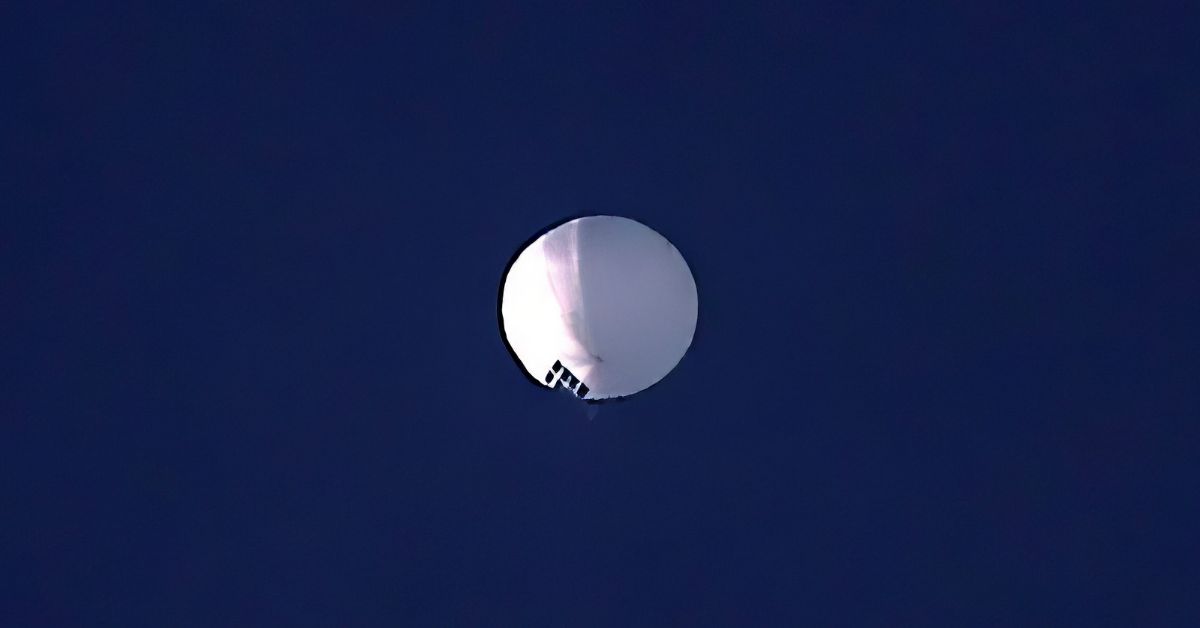Officials in the United States have stated that between February 4 and February 12, American fighter jets used five heat-seeking AIM-9X Sidewinder missiles to shoot down four unidentified flying objects that were flying high over the airspace of the United States and Canada.
It took two Sidewinders to bring down the unknown floating octagon that was shot down over Lake Huron in upper Michigan on Tuesday. The first Sidewinder failed to detect the object, “did not fuse,” and crashed “harmlessly” into Lake Huron, according to statements made by officials from the United States.
The military and the administration of Vice President Joe Biden faced some criticism after they used $400,000 worth of Sidewinders to shoot down four balloons, of which three were most likely “innocent” things. According to an article published in The Washington Post, “the military’s ability to retaliate to balloons and similar equipment is confined by the capabilities of current weaponry,” and it is unlikely that a large balloon could be destroyed by gunfire at an altitude of 40,000 feet.
David Deptula, a retired Air Force lieutenant general and fighter pilot, told the Post that “you can pack a balloon full of bullet holes, and it’s going to stay at altitude.” Even if fighter planes flying by at hundreds of miles per hour can riddle the nearly stationary balloon with bullet holes, the air pressure that high up does not permit helium to freely escape via small holes. This is the case despite the fact that the air pressure does allow small holes.
According to a report by CBC News, soon after the incident involving the Chinese spy balloon, Canada learned this lesson the hard way in 1998, when it attempted to bring down a gigantic runaway weather balloon that had been released from Saskatchewan in order to assess ozone levels.

Get More Latest News:
- The CBO Says That The Government Could Default On Its Debt “Between July And September”
- After Patrick Stone’s Untimely Passing, Sharon Stone Paid Tribute
After catching up with the balloon in the ocean off the coast of Newfoundland, the pilots of a Canadian CF-18 fighter jet took aim and fired more than a thousand rounds of ammunition at it. However, the balloon managed to avoid being destroyed and continued its journey over the Atlantic Ocean “flying above the airspace of Britain, Norway, and Russia before finally landing in Finland.
The British press criticized the pilots of the Canadian Air Force for failing to bust the renegade balloon; however, pilots from the United Kingdom and the United States also attempted to shoot it down but were unsuccessful.
The Canadian CF-18s were armed with air-to-air missiles, but the Canadian Air Force spokesman Maj. Roland Lavoie told the Associated Press at the time that “people would not have enjoyed having a missile blowing over their heads.” “Also, investing a couple of hundred thousand dollars on a missile to fire down a balloon that’s drifting away could be an example of overkill,”
If you enjoyed reading this post, please share your feedback with us in the comments box below. Also, don’t forget to check back on our website Journalist PR for the most up-to-date information regarding the entertainment industry and popular culture.
Leave a Reply